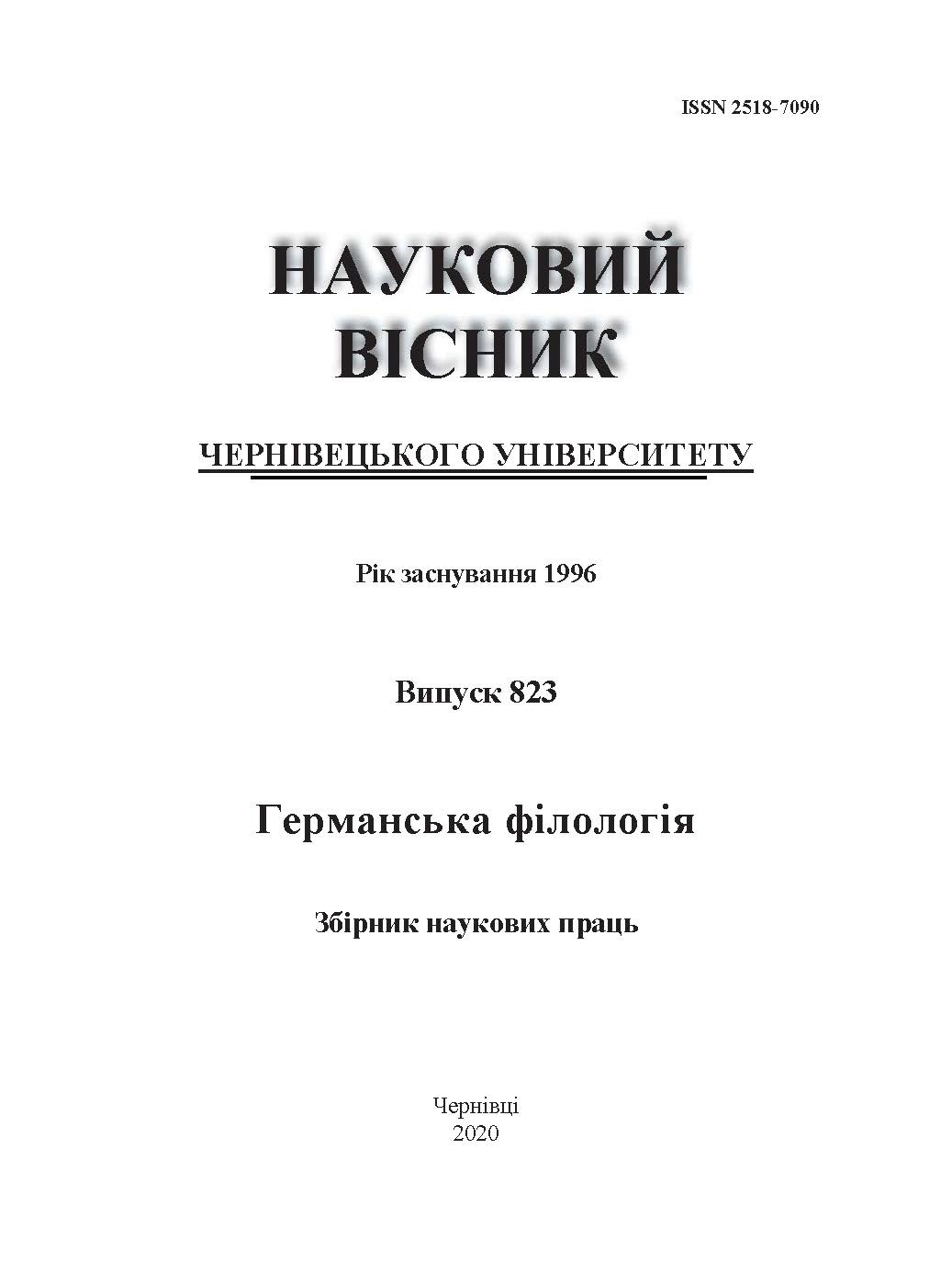ЕПІСТЕМІЧНА МОДАЛЬНІСТЬ ДЛЯ ВИРАЖЕННЯ СУМНІВУ
DOI:
https://doi.org/10.31861/gph2020.823.178-184Abstract
The article explores epistemic words and phrases to express DOUBT in a fictional text. Epistemic words and phrases originate from epistemic modality or stance and epistemic logic. Epistemic logic deals with the world of knowledge that a person can possess to a varying degree. Epistemic modality is subjective and relates to lexical and grammatical expressions of judgments as to the propositional content of the sentence. Uncertainty is not equal to doubt, because uncertainty is a mental state in which there is no full assent, while doubt is a mental process of questioning the truth of the proposition. An attempt has been made to place epistemic words and phrases of doubt on the confidence scale. The units under study are taken from existing classifications of epistemic words proposed by Biber D. and Wierzbicka A. DOUBT is equated with uncertainty and opposed to certainty. Epistemic words and phrases of probability verbalize different levels of doubt. DOUBT has a negative import and indicates a lack of knowledge, and absence of determined position on the proposal. This negative import is partly realized in the negative sentences with epistemic adjectives and verbs of probability and certainty. DOUBT feature of questioning the veracity of the proposition is realized in general questions with epistemic adjectives and verbs of probability and in subordinate sentences with if and whether. DOUBT is described as a change of opinion about the veracity of a proposition, which can be traced linguistically during the repetition of epistemic adverbs. The article counts the frequency of occurrences of epistemic words in a fiction text.





